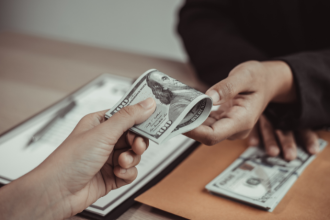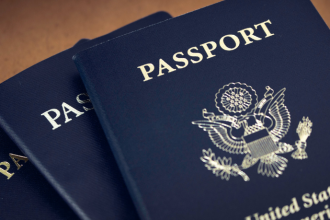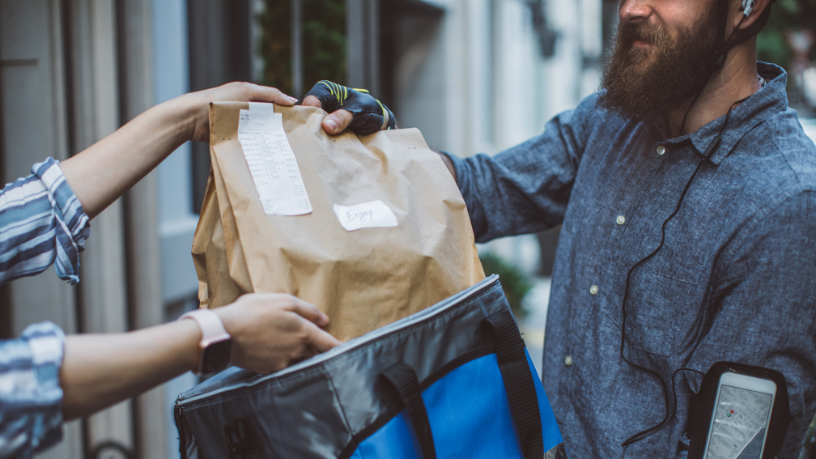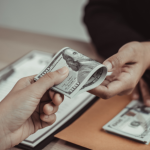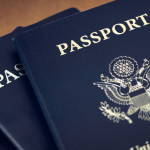Buy Now Pay Later is transforming the way Americans consume delivery services by bringing together DoorDash and Klarna in a groundbreaking partnership announced in March 2025. The collaboration allows customers to pay for their meals and groceries in interest-free installments or defer payment to convenient dates that align with their income. The move reflects a growing trend toward financial flexibility as consumers look for ways to manage their daily spending. Buy Now Pay Later has already been popular for durable goods purchases like electronics and furniture, but is now expanding into the food industry. This expansion shows how companies are adapting payment solutions to modern needs. For DoorDash, this is a strategy to attract more users and increase order volume.
The partnership between DoorDash and Klarna marks the debut of Buy Now Pay Later in food delivery in the United States for DoorDash. Customers can choose to pay in full at checkout, split the amount into four interest-free installments, or defer payment at no additional cost. This flexibility is a competitive advantage, especially in a market dominated by giants like Grubhub, which already uses similar services. Buy Now Pay Later is becoming an essential tool for consumers who want convenience without compromising their immediate budget. Klarna, for its part, reinforces its position as a leader in the payments industry ahead of its initial public offering on the New York Stock Exchange. The combination of these brands signals a new era for digital commerce.
The Buy Now Pay Later offered by DoorDash and Klarna is not limited to restaurant meals but covers a range of products available on the DoorDash marketplace. This includes groceries, retail items, and even DashPass annual plans that offer benefits such as free delivery and discounts. The ability to finance everyday purchases with Buy Now Pay Later reflects the growing acceptance of this model among consumers of different profiles. Experts warn that the ease of payment can lead to impulsive spending, but the companies highlight convenience as the main advantage. For many Americans, this option is a practical alternative when budgets are tight. The strategy expands DoorDash’s reach into categories beyond food.
The rise of Buy Now Pay Later in delivery comes at a strategic time for Klarna, which is planning its stock market debut in April 2025. The Swedish company reported a 24% increase in revenue in 2024 to $2.8 billion and adjusted operating income of $181 million. Integrating Buy Now Pay Later into DoorDash is another step in Klarna’s expansion into everyday spending categories like food and essentials. This partnership strengthens its growth narrative for investors while attracting new users to the DoorDash ecosystem. The combination of financial technology and delivery is redefining how consumers interact with online services. The success of this initiative could inspire other companies to follow suit.
Buy Now Pay Later in the context of DoorDash and Klarna also raises debates about the financial impacts on consumers. Experts point out that services like these separate the pleasure of shopping from the responsibility of paying, which can encourage hasty decisions. Although there is no interest on installments or deferrals, the risk of accumulating debt remains if users do not manage their spending well. Buy Now Pay Later is seen as an immediate liquidity solution, but it requires discipline to avoid financial pitfalls. DoorDash and Klarna argue that transparency in payment options protects customers. Still, the model challenges consumers to balance convenience and responsibility.
Competitors in the delivery sector are feeling the impact of Buy Now Pay Later with DoorDash’s entry into this segment. Rivals like Grubhub, which already offer similar options with Klarna, now need to step up their strategies to maintain market share. Buy Now Pay Later is consolidating itself as a differentiator that can determine consumer preference in a saturated market. DoorDash, the leader in restaurant deliveries in the US with about 63% of the industry according to analysts, gains a significant advantage by embracing this trend. The partnership with Klarna positions the company as a pioneer in financial innovation in delivery. Other platforms may be pressured to adopt similar models to avoid being left behind.
Buy Now Pay Later also reflects a cultural shift in how Americans approach everyday consumption. During the 2024 holiday shopping season, usage of services like Klarna Affirm and Afterpay skyrocketed, showing their growing popularity the solutions. Integrating Buy Now Pay Later with DoorDash extends this trend beyond seasonal purchases to everyday life, such as food and grocery orders. This adaptation responds to the economic pressures faced by many families looking for ways to extend their purchasing power. The partnership between DoorDash and Klarna capitalizes on this movement by offering a practical and affordable solution. The model is shaping new consumer habits in the US.
Ultimately, Buy Now Pay Later with DoorDash and Klarna could be a milestone in the evolution of e-commerce and delivery. As more consumers embrace this payment method, companies will need to balance innovation with customer protection to ensure a positive impact. Buy Now Pay Later is redefining the relationship between convenience, technology, and personal finance in an increasingly digital world. For DoorDash, this partnership reinforces its position as a market leader while Klarna solidifies its global expansion. The future of delivery may depend on how these companies navigate the challenges and opportunities of this model. The Buy Now Pay Later revolution is just beginning.
Author: Clodayre Daine
Source: Assessoria de Comunicação da Saftec Digital


